Tricks for Thinning Carrots: The Things We Do For Love
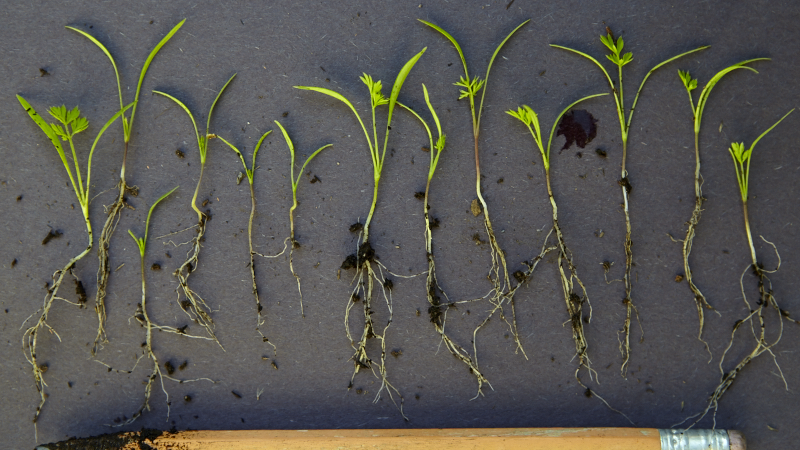

My hopeless love of homegrown carrots sometimes feels like opening Pandora’s Box — they can be challenging to sow, taunt foes like carrot flies and embolden people like me to transplant the thinnings. The whole process can be incredibly tedious and probably sounds crazy but, if a carrot sprouts, why not protect it and why chuck it into the compost heap simply to make room for it’s neighbors? So, I give in and throw my cards into the possible forked and whacky carrot pile.
Thinning carrots is usually a two step process. It involves removing seedlings such that the remaining seedlings have the room they need to grow. This is usually necessary because the general practice is to overseed when planting carrots. Sand can be mixed with the seeds prior to planting to prevent heavy overseeding but a few extra seeds helps improves your germination quotient.
Give your carrot crop an initial thinning shortly after they germinate. Gently pull the seedlings that look weaker and less developed. I use a pencil to unearth the seedling in order to disturb the surrounding soil and root systems as little as possible. This also allows me to remove the seedlings with as little damage as possible, increasing the odds of successful transplanting (see my video, How To Transplant Seedlings, for a visual). Thin so that the remaining seedlings have about 3/4 inch to 1.5 inches of space between.
Repeat this process 3 to 4 weeks later. You’ll probably find more seedlings have popped up and need moving. Base your spacing on the variety of carrot your growing. For example, fingerlings will need less room than Nantes, etc. If you’re not transplanting and the thinned carrots have started to develop a tap root consider adding them to your salad.
If you do decide to take the gamble and sacrifice your back and time to transplanting you’ll be happy for it. There’s nothing better than harvesting carrots you grew yourself and the more the merrier – even if they’re not perfectly straight.
Other tips for growing carrots:
- Plant when temperatures are optimal (see your seed packet) and keep the soil moist but not water logged during germination. Well draining soil is a must.
- Pre-germinate your seeds by soaking them for 12 to 48 hours. See Sugary Earth for details.
- Plant in a box with high, wooden sides if possible and cover your crop with mesh or a similar material to protect your crop from carrot flies.
- Eat or bury thinned seedlings in your compost pile to minimize that lovely carrot oder that attracts carrot flies.
Listen
Buy The Book
Special offers
Newsletter Signup

Archives
Disclosure
Pass The Pistil is a participant in the Amazon Services LLC Associates Program and other affiliate programs such as Etsy, affiliate advertising programs designed to provide a means for sites to earn fees by advertising and linking to curated affiliate sites.

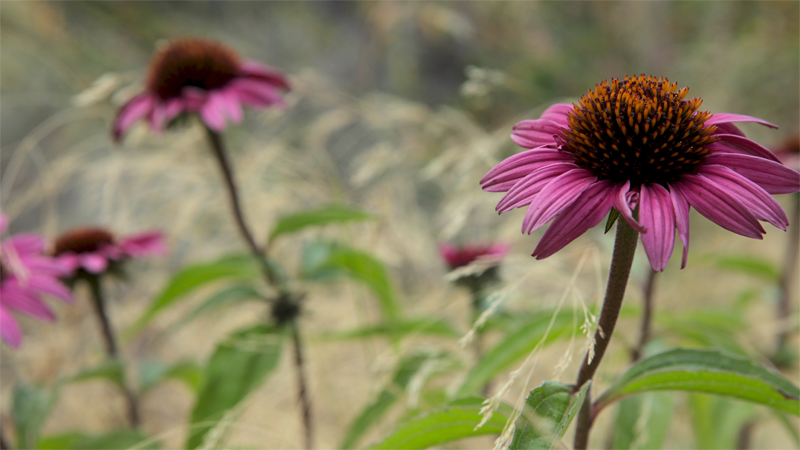
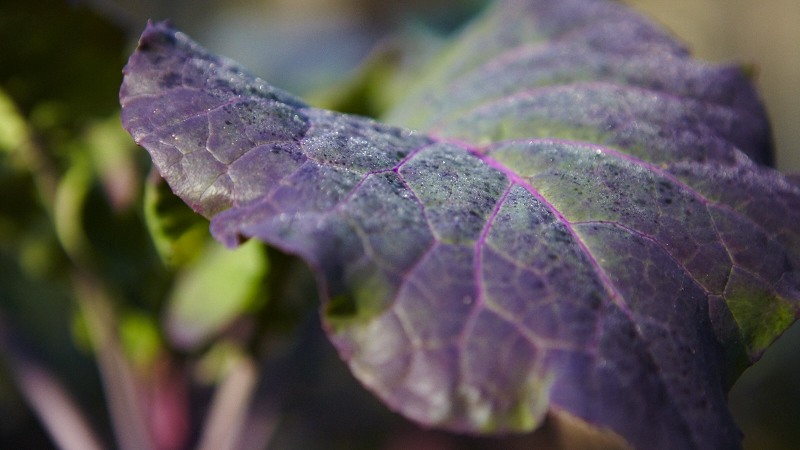






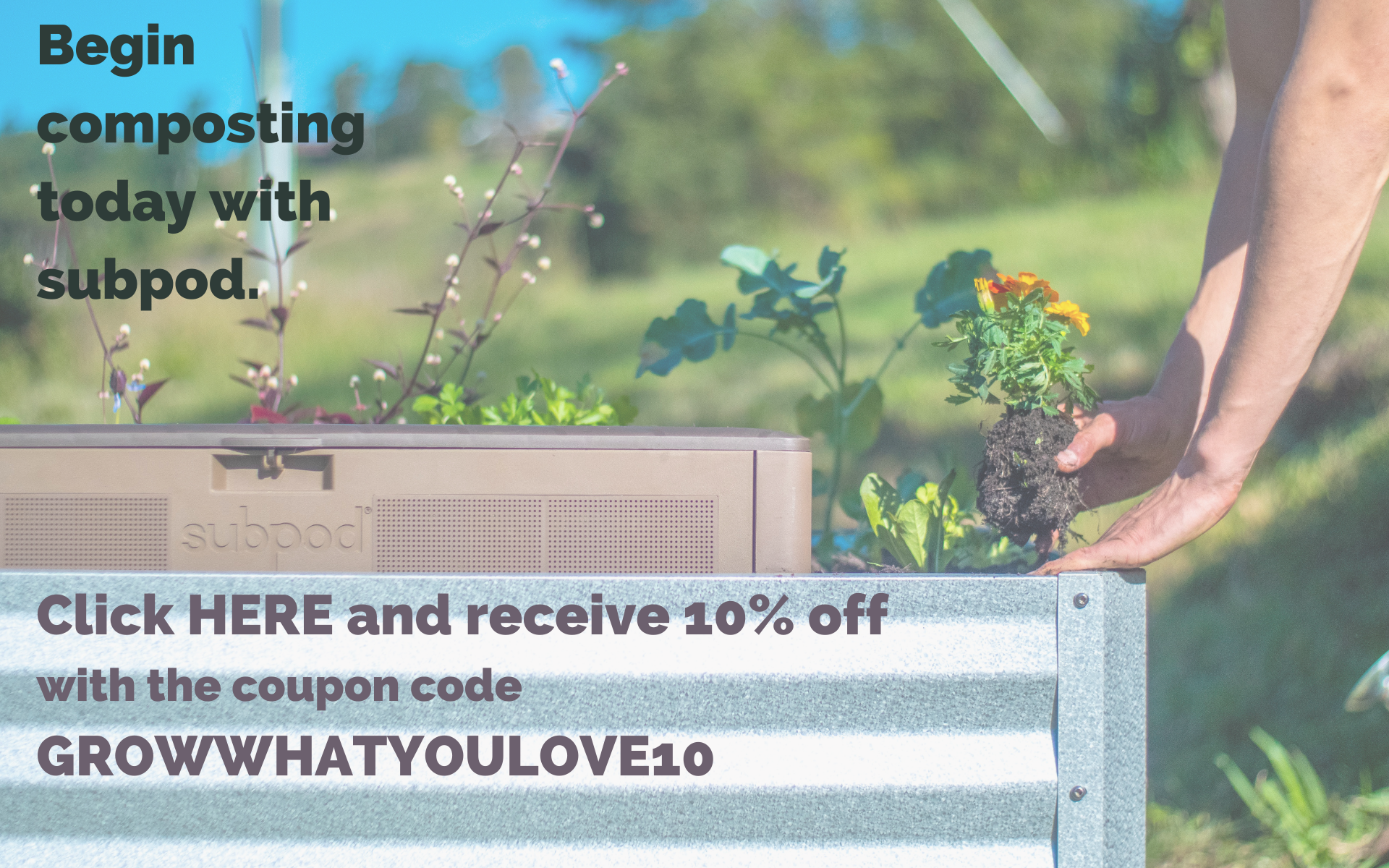
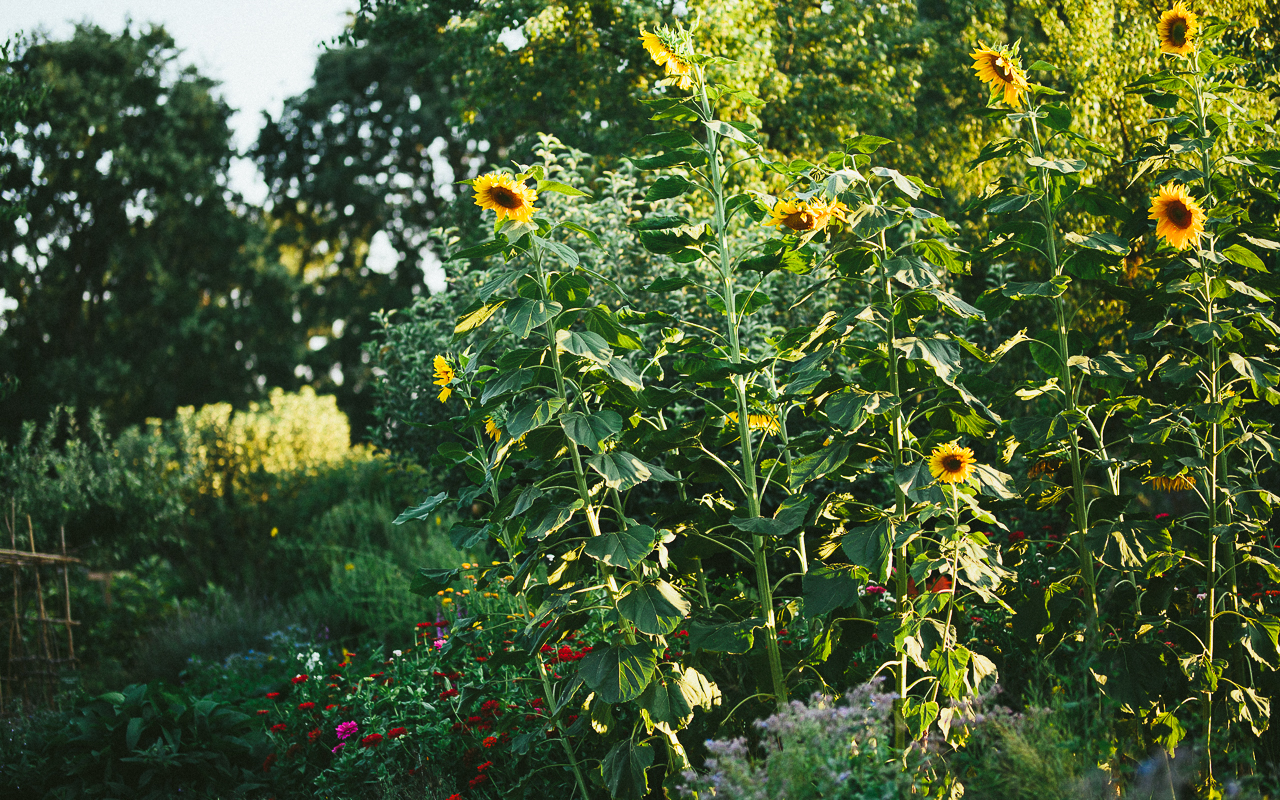
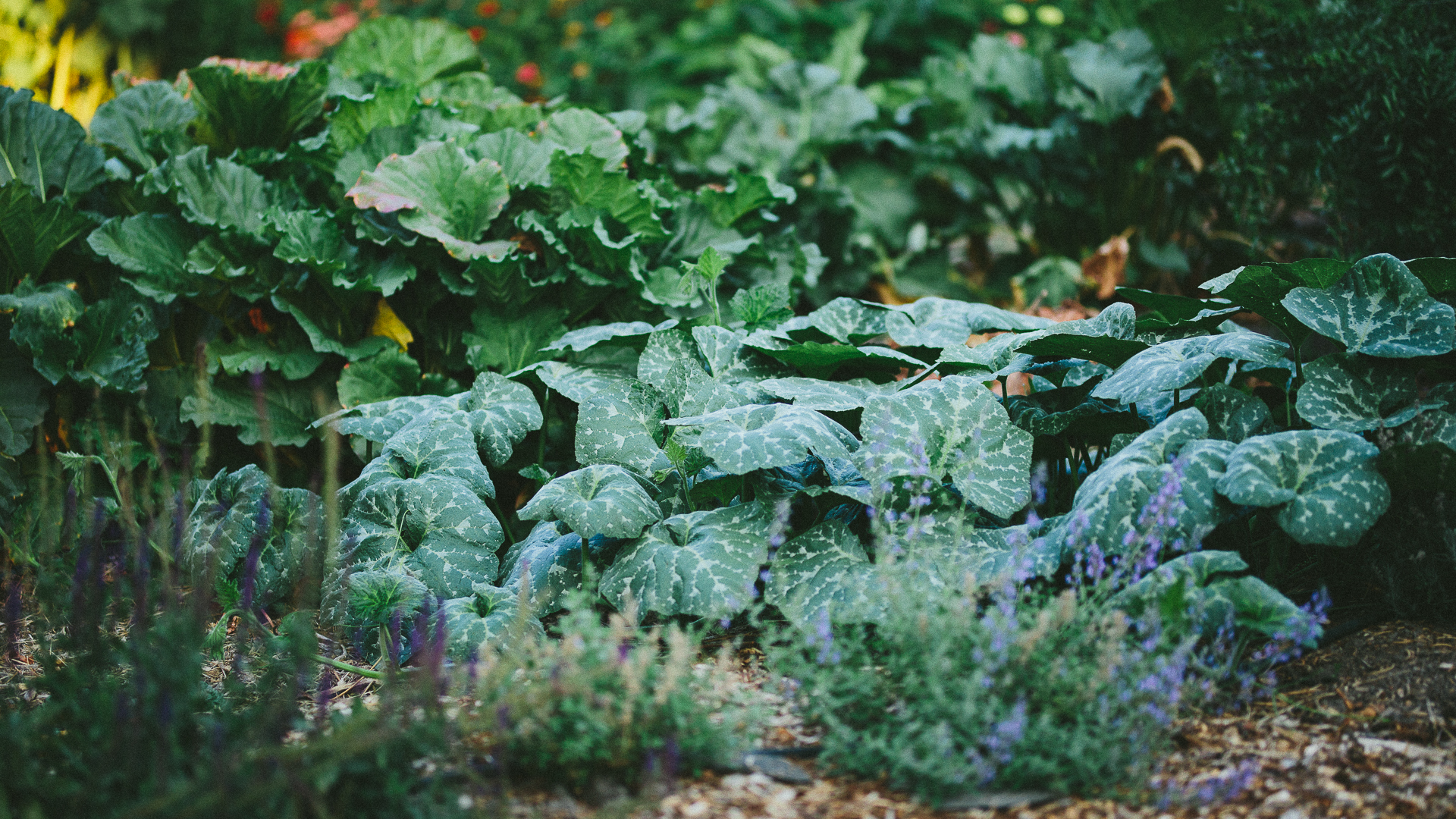
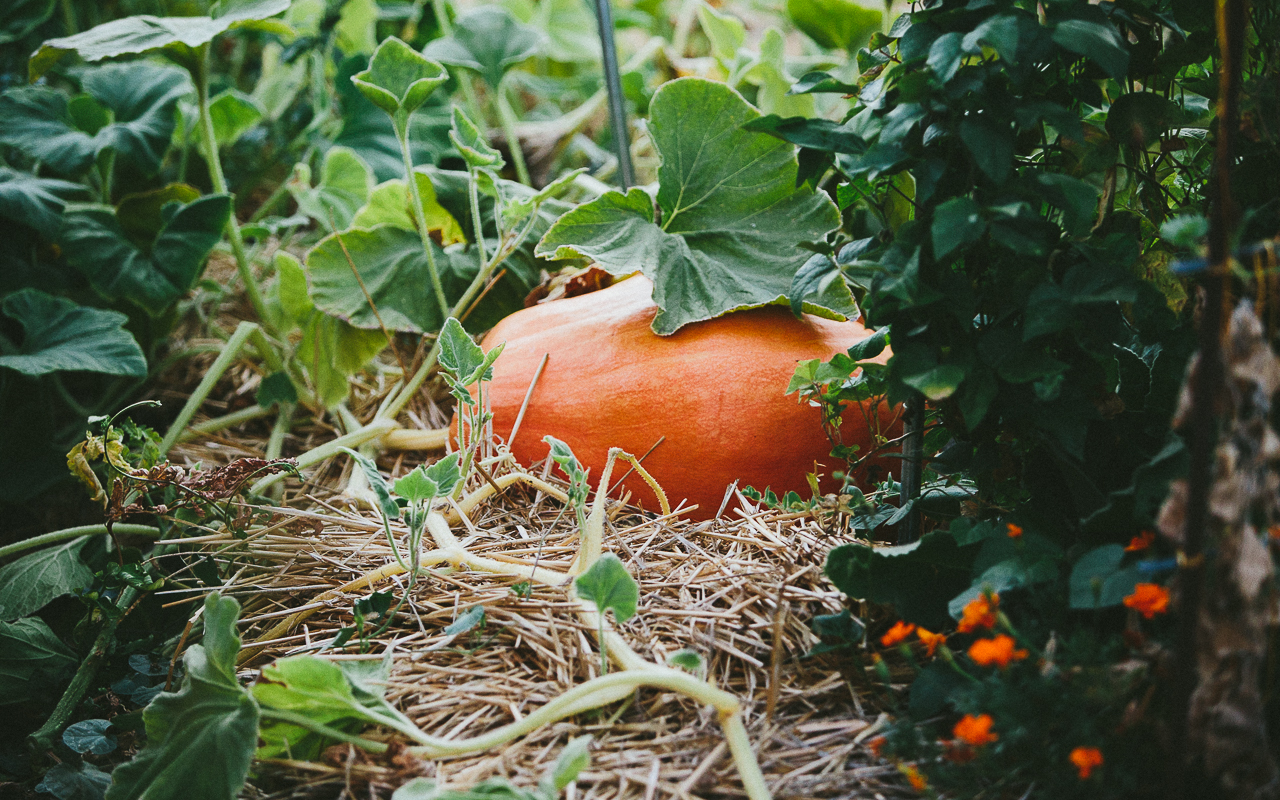
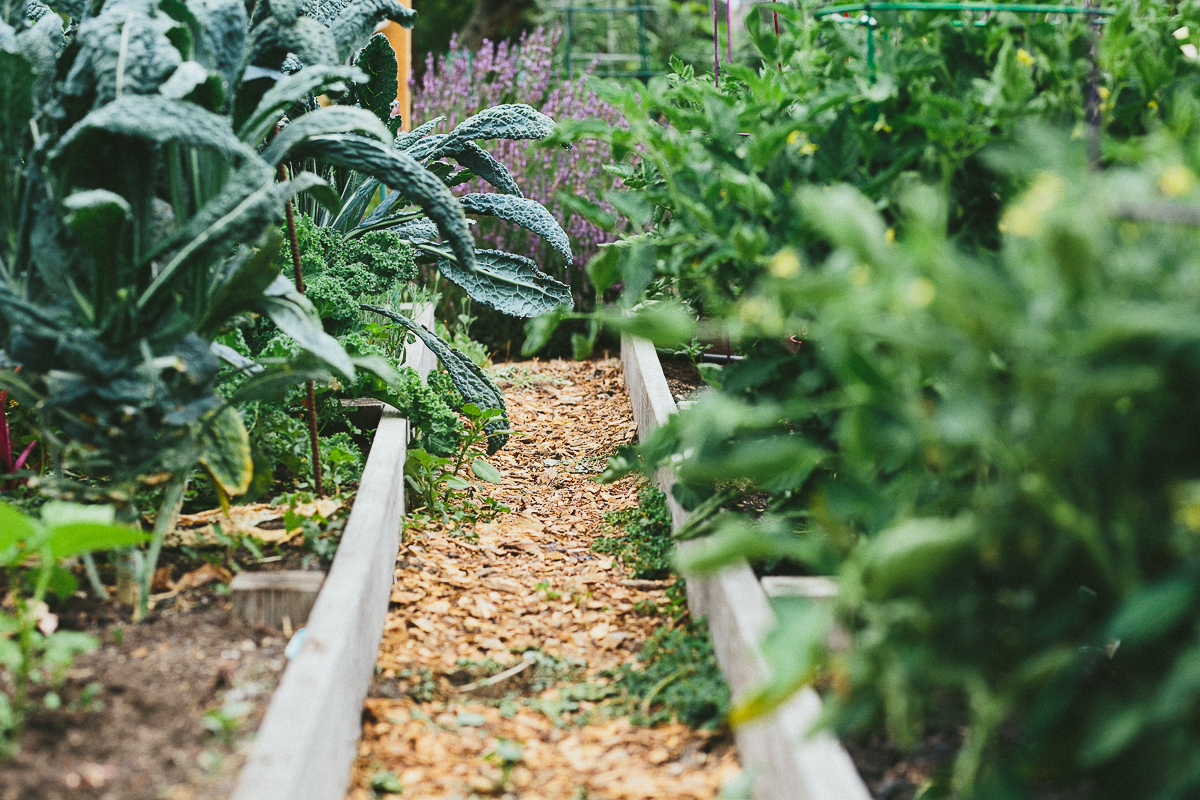
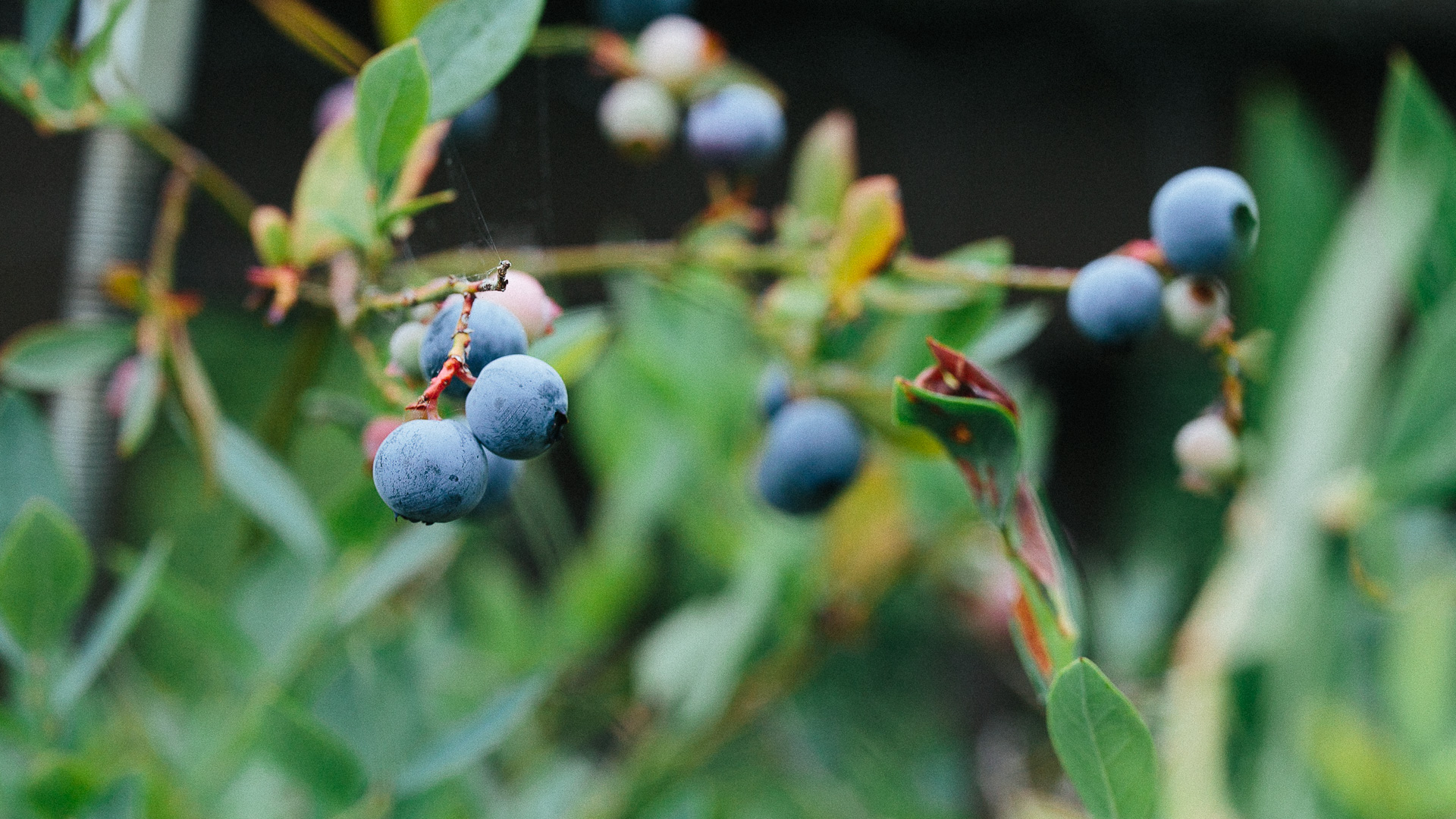
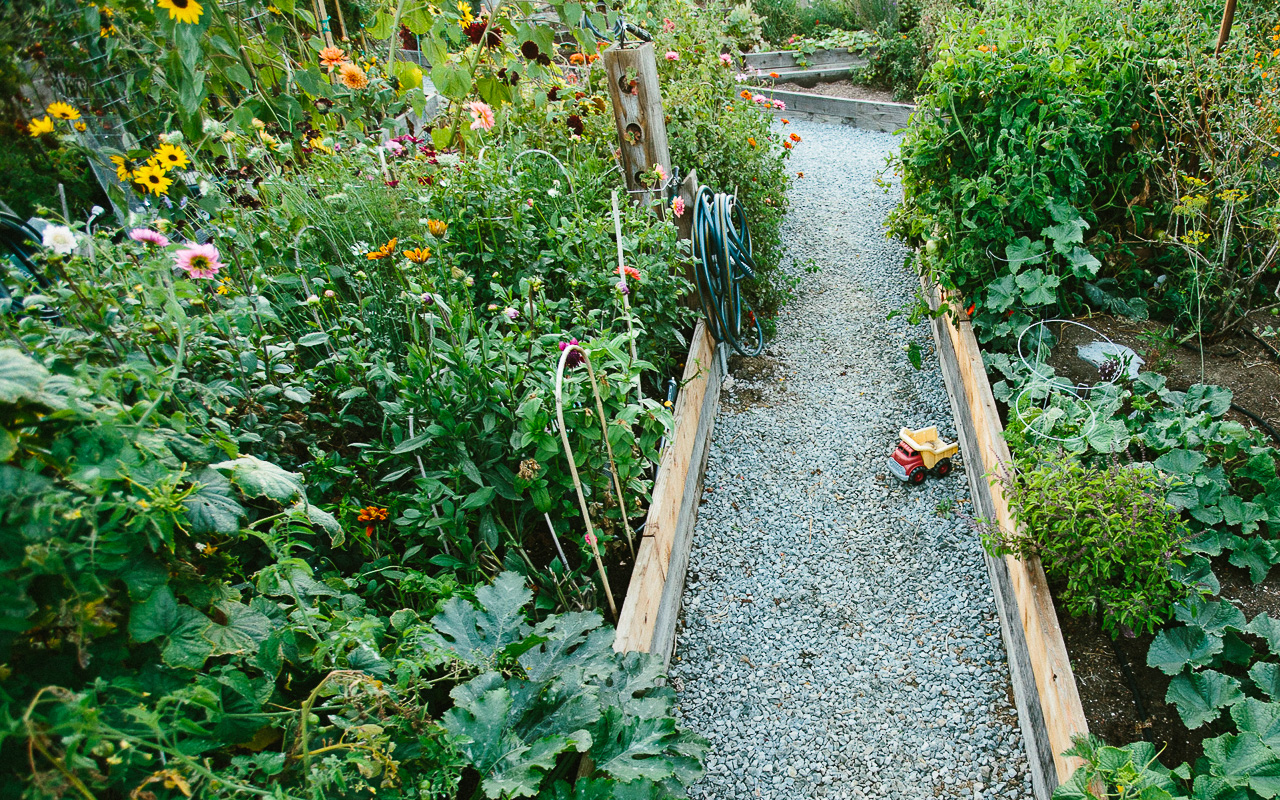
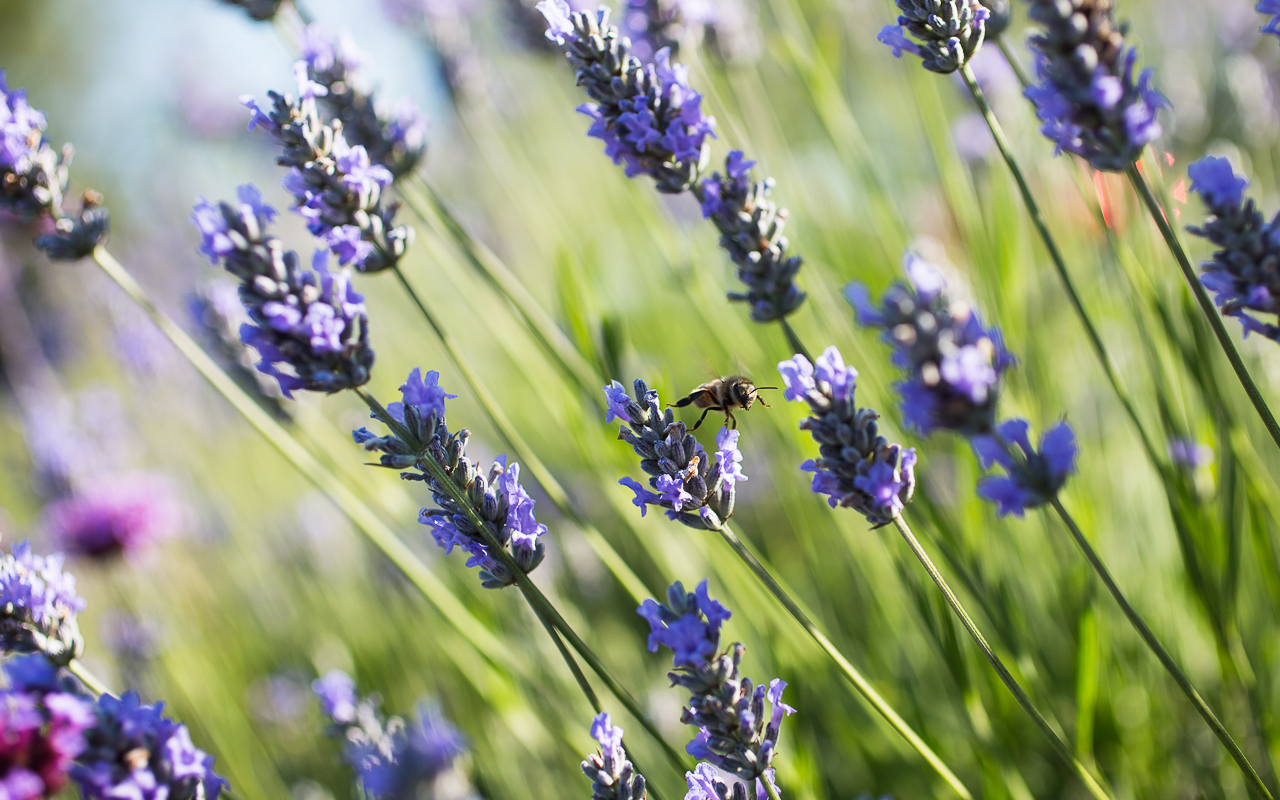

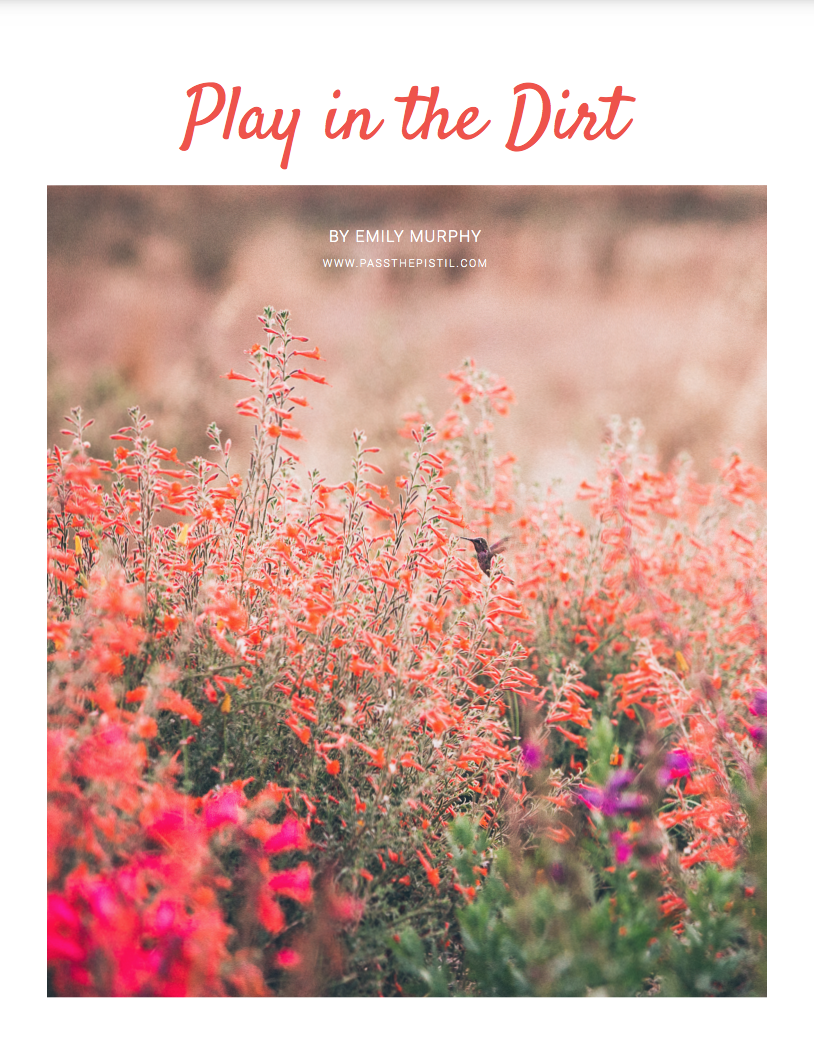

I was taught to only thin/weed/work around carrots in cool of early mornings or cool evening, otherwise brushing or diturbing the carrot leaves releases their scent, which both gophers and carrot flys then home onto.
In sandy, more porous soils, those scent molecules filter down more quickly and more deeply into the soil.
Over the years I have found this to be true; the slightest disturbance in the heat of the day triggers adverse consequences via flys and rodents.
Thinning carrots is my least favorite activity. Can I use a small, sharp pair of scissors to just snip the culls down to the soil or will they grow back? Thanks!
Hi Liam, thanks for writing! Yes, use scissors or snips to simply cut the tops off of carrots when thinning. Thin the smaller sprouts and leave the bigger, more vigorous sprouts to continue growing — giving them plenty of room to develop to maturity. The sprouts you’ve trimmed won’t re-sprout, so you’re all good there. Best of luck! Emily